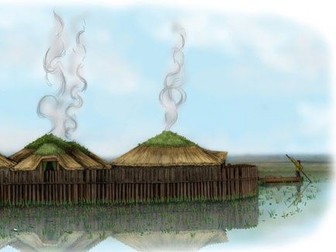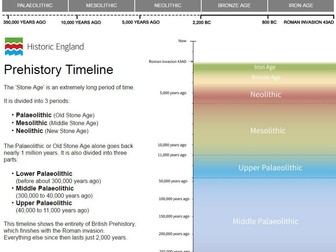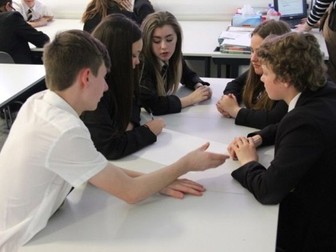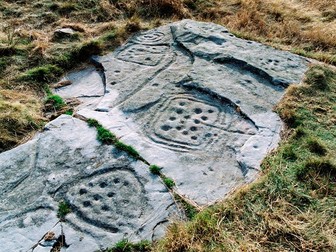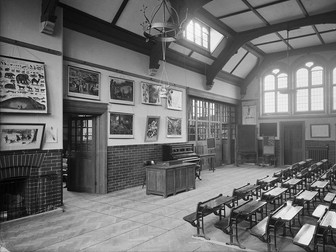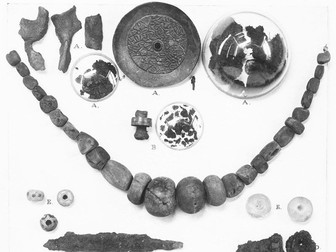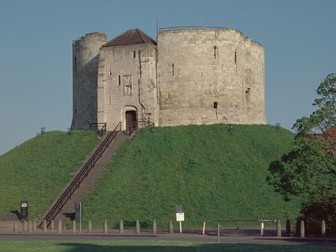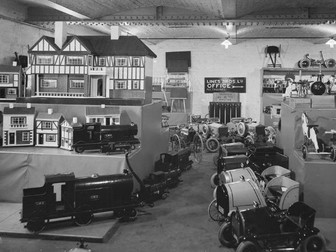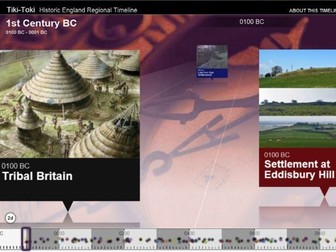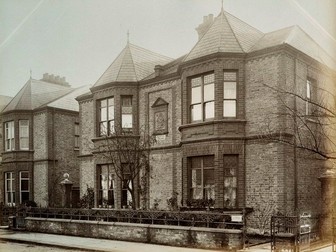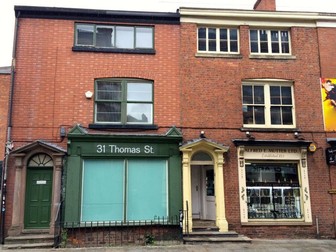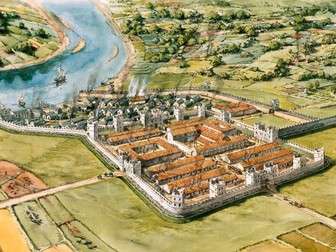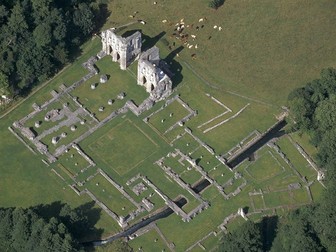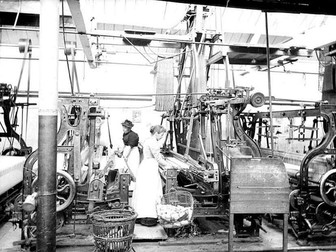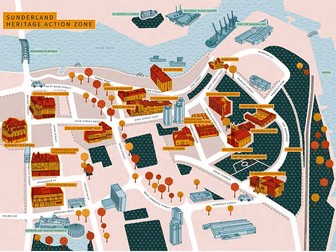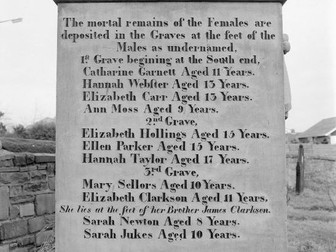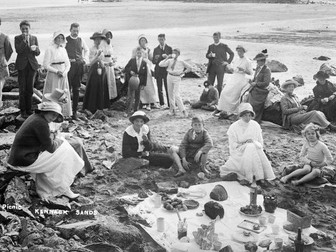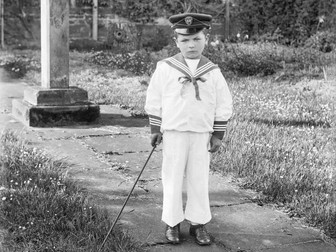Must Farm: What was life like in the Bronze Age?
<p>Using the PowerPoint presentations, pupils can learn about the role of archaeologists and about the discoveries made at the excavations of a Bronze Age village known as Must Farm. Each of the PowerPoints have additional information in the notes section to help teachers use them in the classroom. These provide greater detail about each slide, additional suggested activities and links to other relevant resources.</p>
<p>Learning aims and outcomes</p>
<ul>
<li>Learn about the types of technology used in the Bronze Age</li>
<li>Learn about the everyday life of people in the Bronze Age</li>
<li>Learn about changes in Britain from the Stone Age to the Iron Age</li>
<li>Assess the different types of archaeological evidence from the Bronze Age</li>
<li>Establish clear narratives within and across the periods studied</li>
<li>Understand how knowledge of the past comes from a range of sources</li>
</ul>
